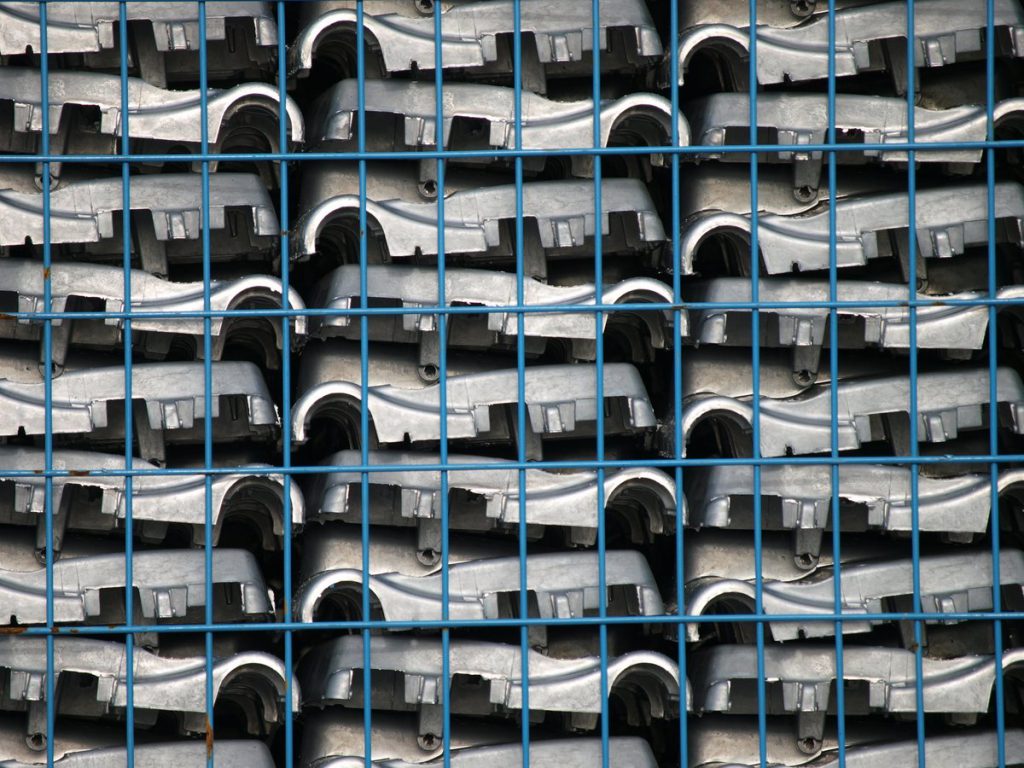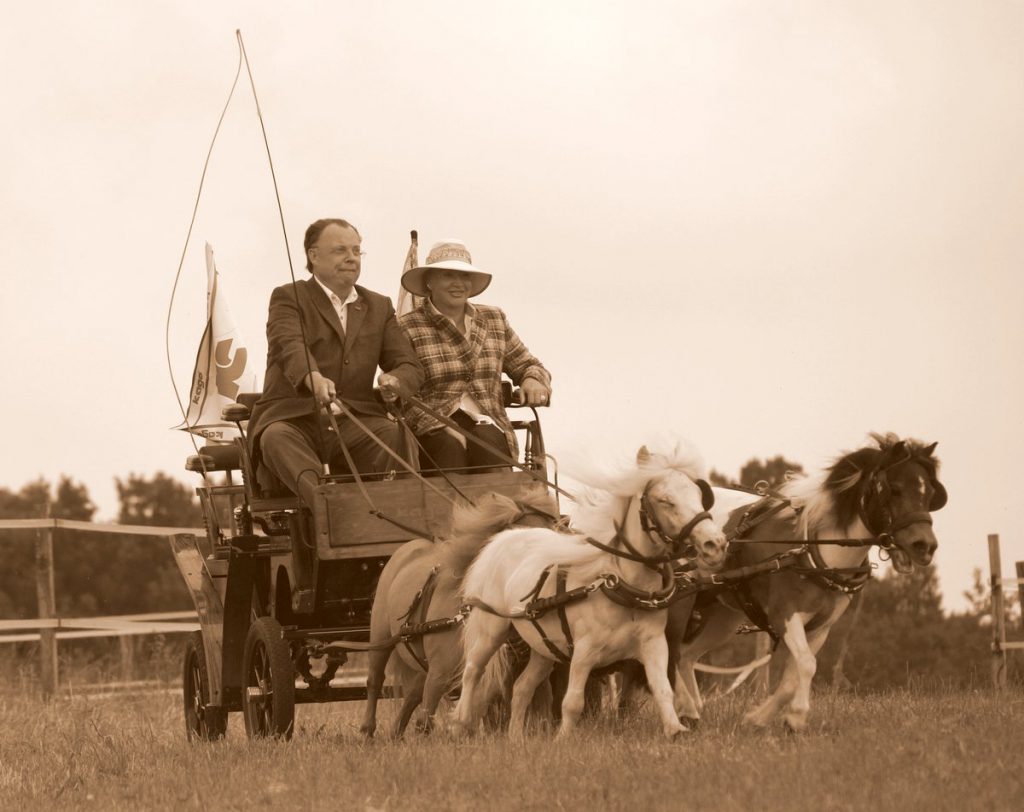
Another old article. From January 2019, when “people photography” was “in” – now it’s apparently bird photography. But nothing else has changed.
In recent years, many self-taught photographers have managed to reinterpret the term “professional photography”. A “professional” is no longer someone who sells his craftsmanship or journalistic work, but someone who makes as much fuss as possible about his pictures and posts them on as many social media channels as possible.
You become a professional by taking photos “with professional standards”. The pictures are pimped up with a lot of effort and published. “Look at me, what a hero I am”.
Rattling is part of the trade, and advertising is a must. All right.
But nowadays, photographers who don’t publish a series of people snapshots are no longer taken seriously. With the “fantastic model A” and the “incomparable B”. I always ask myself who actually paid for it. In other words, who paid for these pictures? And then gives the OK for his expensive pictures to be used for self-promotion by the photographer and model? And why?
The effect is that camera manufacturers also fall for these people – because they are the professionals. With the followers.
I know excellent photographers, professionals, who don’t even have an Instagram account. They don’t have time for such nonsense. I take children’s pictures and family pictures and wedding pictures and company portraits and product photography and so on. None of it is on my website because it’s commissioned work. I get paid, the client gets the pictures, end of story. Occasionally I get specimen copies of the catalogues, but often enough I don’t.
The picture above is the cover of a catalogue. From ten years ago. Yes, I used to earn my living photographing cheese. And sausage.

These are blanks for office chair mechanisms. Has neither breasts nor bum, but the photos are paid for. The company is not that small now.

Mr Kago with his wife in a four-in-hand – when Kago was still building fireplaces. Back then I was travelling as a journalist, but I sold a whole bunchof my pictures from this event for secondary use. As Mr Kago is (was) a person of contemporary history, I’m allowed to show it here.

That, on the other hand, is not professional. It’s just a hobby. No one has paid and no one ever will. But it’s definitely Insta-worthy. In contrast to the photos above.
There are a handful of nature photographers in Germany who actually make a living from photography and not from the camera manufacturers who promote them to take money out of the pockets of other nature photographers. So is there a market for a camera that can take perfect pictures of birds? Of course there is. But not in the professional sector.
I don’t want to pass judgement on amateurs here. Frank Rückert from Pen3.de takes fascinating pictures and is a self-confessed hobbyist. There are some who really have what it takes. And fellow craftsmen who make rookie mistakes. The discussion is very old and should not be rehashed.
My point is that you can supposedly judge the quality of a photographer on the internet based on their pictures. If there are no wedding pictures, then it’s possible that he doesn’t do that – or that he doesn’t put customer pictures online.
I recently had to remove a whole bunch of videos from the internet because the band’s label wanted to change its image and the old videos no longer fitted in. The customer is king, even if you sometimes grind your teeth. But that’s exactly what professionalism is all about.
Hat sich also nichts geändert. Ob People oder schräge Vögel ist doch auch egal.
Da ich die OM-5 Mark I I/II (1,5 in römisch) Beta-testen darf, kann ich Entwarnung geben. Mit People-Fotografie ist es eh vorbei. Die Erkennung menschlicher Gesichter wurde aus der Firmware genommen. Dafür wurde in enger Zusammenarbeit mit Phony eine phönomenale Baum-und-Holz-Erkennung implementiert, die zuverlässig auf Astaugen scharf stellt. Hühneraugen werden konsequent nur noch am Tier erkannt, nicht am menschlichen Fuß. Piraten können nur noch fotografiert werden, wenn sie Affen oder Papageien auf der Schulter tragen, auf die dann auch scharf gestellt wird. Wenn das integrierte GPS in Gebäuden kein Signal empfängt, bleibt die Kamera aus. Soviel zu Studio- und Keller-Knipsern. In der Umgebung von Arenen und Sportplätzen geht die Kamera in Sleep-Mode. Wenn die KI merkt, dass man Gebäude oder Autos knipsen will, schüttelt sich der Sensor vor Ekel und produziert unscharfe Bilder. Bein zwanzigsten Versuch, Nicht-Wildlife Fotos zu machen, erscheint eine Warnung mit Verweis auf die 520-seitigen Nutzerbedingungen. Beim 50. Versuch wird vor ernsten Konsequenzen gewarnt. Was genau die sind, ist mir nicht klar, könnte aber was mit der knetartigen Masse in der seitlichen Aussparung im Batteriefach zu tun haben, in die ein schwarzer und ein roter Draht führen. Eine Offenbarung ist die neue “Titanic”-Edition der OM-5-MI I/II, die bis 1500m Tauchtiefe salzwasserresistent ist. Zum Anlocken passender Motive hat sie fünf verschiedene Walgesänge implementiert, die sie von sich gibt, sofern man das neue M.Zuiko.UWA.UWA (Under Water Ultra Wide Angle) angeschraubt hat. Das ist mit 0,05 super lichtstark, und wegen dem vielen Glas dank integrierter Schwimmkörper nur unter Wasser gut zu manövrieren. Den optionalen wiederbefüllbaren Blutbeutel zum Anlocken von Haien konnte ich noch nicht testen, da der Schutzkäfig wegen Qualitätsproblemen noch nicht geliefert werden konnte. Aber das hole ich sicher noch nach. Fazit: OMDS setzt ihren Fokus auf Wildlife noch konsequenter um, alles andere ist Geschichte. Hätte ich jetzt alles nicht erzählen dürfen, wegen der Verschwiegenheitsklausel. Aber wir sind hier unter uns. Kriegt ja keiner mit. Und was ich noch… Moment… es klingelt an der Tür… hmmm… ein bunt tätowierter Japaner mit einem schwarzen Köfferchen… was mag der wollen… vielleicht hat er sich verfahren und will nach dem Weg fragen… in welcher Richtung liegt Tokio… wo ist mein Kompass… Ich bin gleich zurück…
Herrlich!
Vielen Dank dafür.
LG
Wir werden ihn vermissen…
“Der Martin fotografiert nackte Mädels!”
Stimmt! So 0 bis 3 eher weniger bekleidete Damen fotografiere ich im Jahr. Zum beiderseitigen, rein fotografischen (!) Spaß. Und manchmal ist davon sogar etwas insta-tauglich. Sonst landet es in der MK oder fc.
Sehr selten werde ich sogar dafür bezahlt, dass ich nackte Frauen fotografiere. Das Ergebnis landet dann ausschließlich dort, wo die Damen es gerne hätten. Z.Bsp. als Hochzeitsgeschenk beim frisch gebackenen Ehemann auf dem Kopfkissen.
Die Bilder der 10.000 bis 15.000 Menschen, die ich seit über einem Jahrzehnt pro Jahr angezogen fotografiere, erscheinen natürlich nicht im Netz. Zumindest nicht durch mich.
Und wenn ich bei ganz besonderen Aufträgen sogar die Freigabe bekomme, davon etwas im Netz zu zeigen, dann bekommt das kaum Aufmerksamkeit. Banale Portraits unbekannter Personen sind für die klickende Masse genau so interessant wie Rohlinge für Bürostuhlmechaniken. Aber sie sind mein täglich Brot…
Und ist der Ruf erst ruiniert (s.o.) lebt es sich ganz ungeniert!
🙂